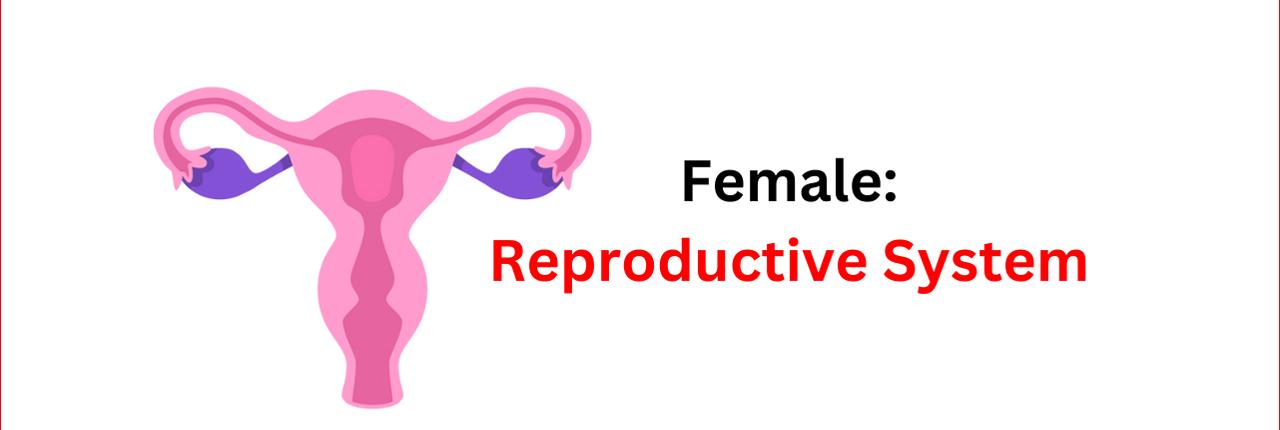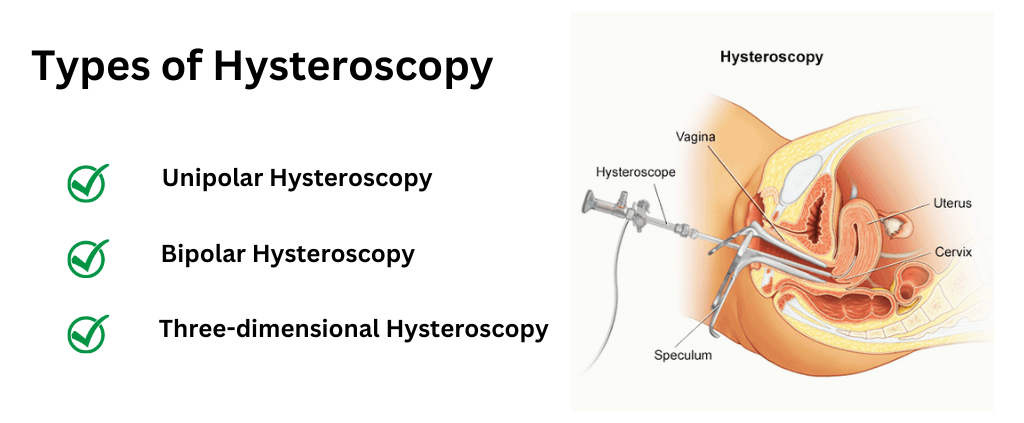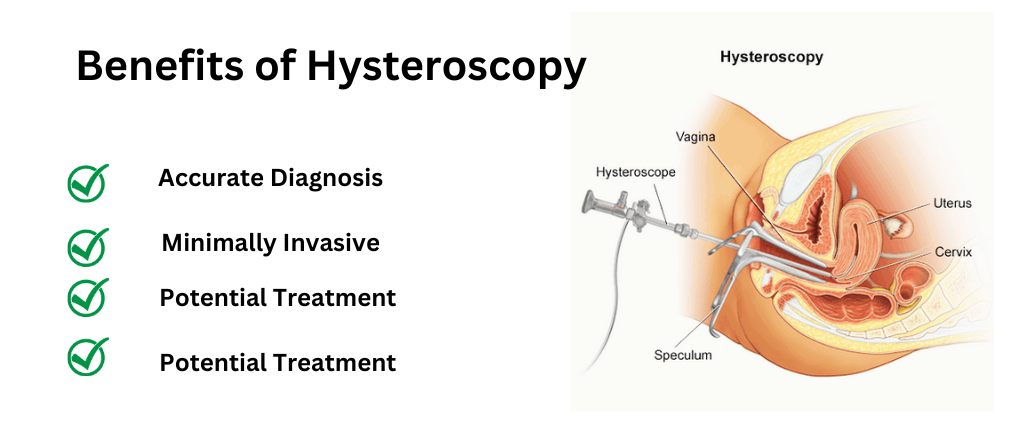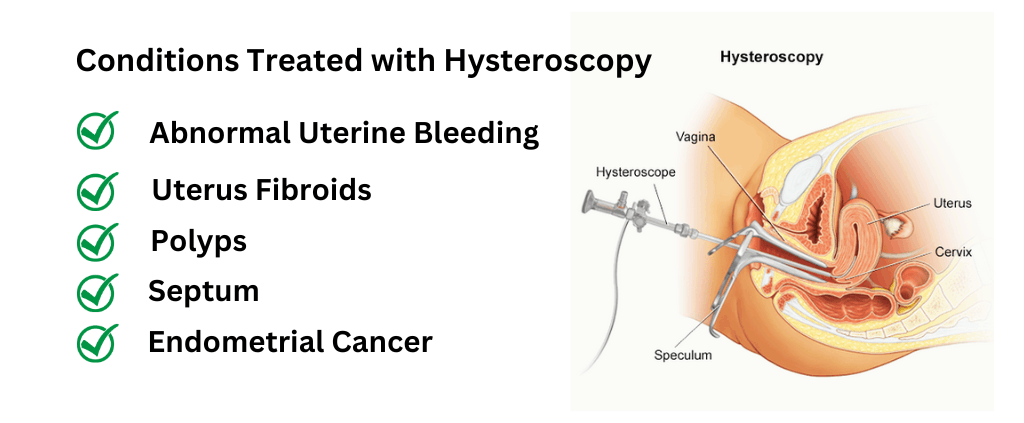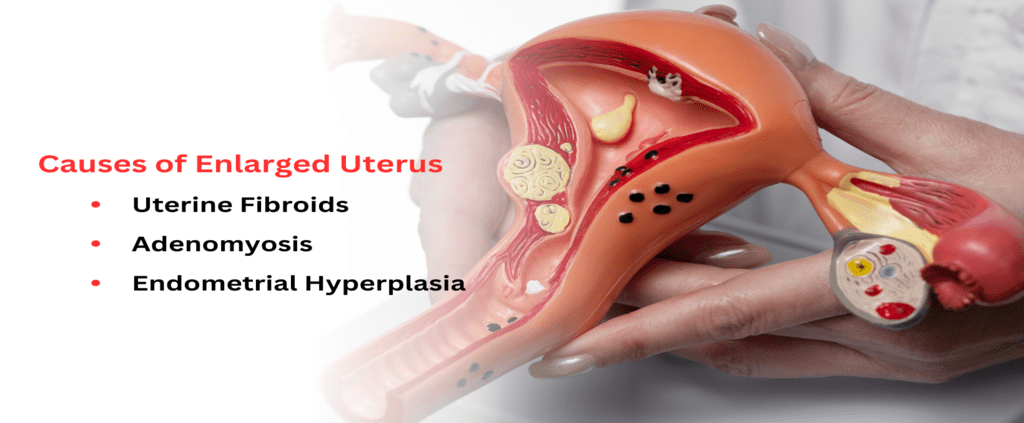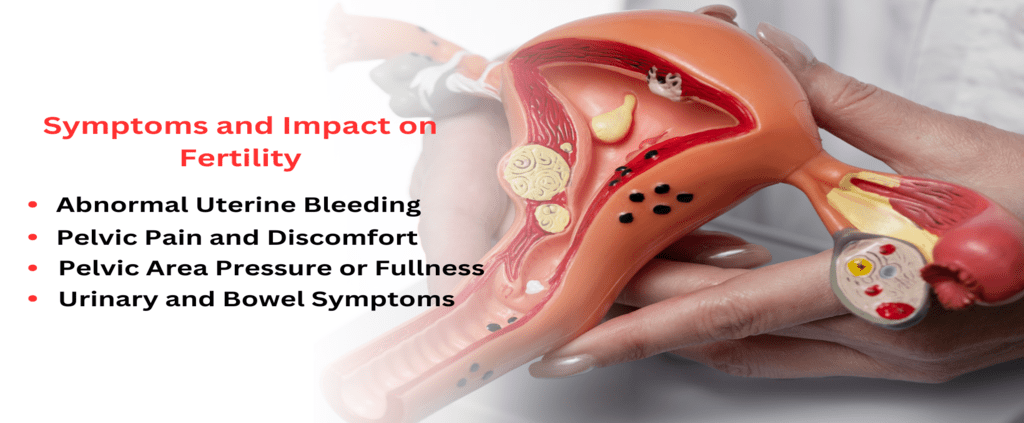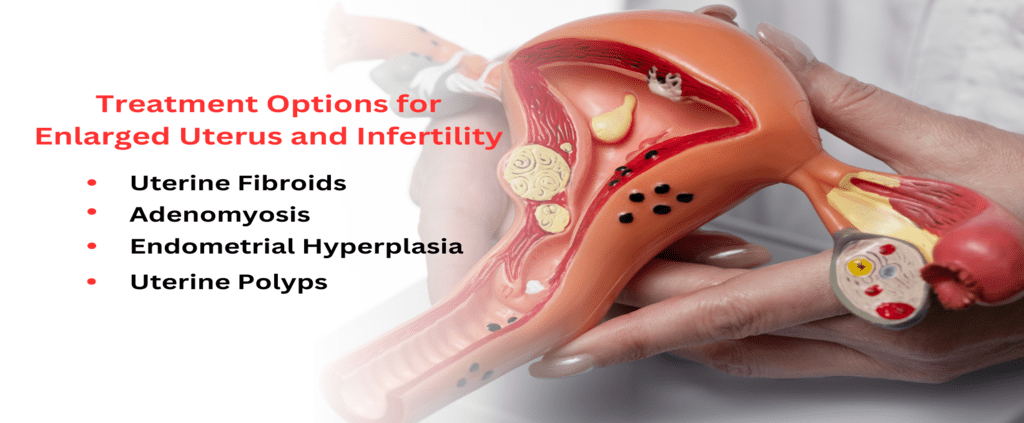How ICSI can help with infertility
How ICSI can help with infertility – It is a common misconception that infertility means IVF. We need to understand that infertility is a very broad topic. Moreover, the reason behind infertility is not common for everyone. The root cause and other factors, like the couple’s medical history, help decide the best fertility treatment.
In this article, let us explore which couples can take the help of ICSI and fulfil their dream of getting pregnant.
What is ICSI?
ICSI stands for Intracytoplasmic Sperm Injection. It is an Assisted Reproductive Technology that is immensely helpful in treating severe male infertility, abnormal semen, and ejaculation issues. In ICSI, a single healthy sperm is injected directly into the egg to increase the chances of conception.
Can ICSI be recommended to everyone?
No. ICSI is recommended in certain cases only. A thorough medical examination of the male and the female is done to determine the root cause of infertility. ICSI is the best option when:
- The sperm count is very low to perform IVF or IUI.
- Antisperm antibodies are present in high concentrations in the semen.
- The sperm cell is abnormally shaped, has low motility, or has no acrosome (an organelle that contains fertilisation enzymes and is in the front end of the sperm head).
- The male has a vasectomy or a blockage in the reproductive tract that disrupts the production of sperm cells or prevents them from coming out during ejaculation.
- Low-quality frozen sperm is used during treatment.
- Preimplantation genetic diagnosis (PGD) is used.
- The doctors are unable to detect the root cause of infertility.
- There is some difficulty in fertilising the egg during IVF.
- The couple has had multiple IVF failures.
What is the Process of ICSI?
ICSI comprises several steps, which are stated as follows:
1. Ovarian Stimulation–
The first and foremost step in ICSI is stimulating the ovaries. Several injectable medications are given to the woman for about 10 to 12 days to stimulate the production of more mature eggs.
These ICSI injectable medications consist of Luteinising hormone (LH) and follicle-stimulating hormone (FSH). During the stimulation phase, the woman is asked to pay a visit to the clinic regularly for administration of medications, blood tests, and monitoring of the egg development process by the ovaries.
With medical advancements, self-administered ICSI injections are also available. The doctors will guide you properly about how to use them at home. Your fertility clinic will also provide videos and handwritten notes for the same.
After the ovaries produce enough eggs, a trigger injection is administered to the woman. The hCG trigger injection–human chorionic gonadotropin or buserelin, helps the eggs’ maturation. The embryologist closely monitors this process, and the egg retrieval process is carried out before ovulation based on the status of the egg’s health.
2. Egg Retrieval-
The egg retrieval process occurs after 10-12 days of ovarian stimulation. A thin needle under ultrasound monitoring is used for retrieval. This needle makes its way into each ovary to remove the egg-containing fluid. These eggs are carefully examined by the gynaecologist and then placed in a petri dish containing culture media. The whole egg retrieval process is done under anaesthesia and takes about 20 to 25 minutes.
3. Sperm Retrieval-
The sperm from the male partner is thoroughly washed and prepared in the laboratory. The healthiest sperm cell for ICSI is chosen based on its motility, normal head shape, and overall appearance to increase the chances of fertilisation.
The sperm cell is retrieved either naturally or using surgical procedures stated as follows:
- Testicular Sperm Aspiration (TESA)
- Percutaneous Epididymal Sperm Aspiration (PESA)
- Testicular Sperm Extraction (TESE)
- Micro Epididymal Sperm Aspiration (MESA)
- Microdissection TESE (microTESE)
4. Administering the Intracytoplasmic Sperm Injection-
A single healthy sperm cell is chosen and picked with the help of a thin glass needle. A highly skilled and experienced embryologist will inject a healthy sperm directly into the egg for fertilisation. This process is done with a special medical instrument called a Micromanipulator and an inverted microscope, which offers high magnification.
5. Embryo Development-
After some days, tiny embryos are formed and carefully monitored for 4-5 days. Depending on the health, the embryo can be transferred from day 2 to day five. On the 5th day, the embryos will enter the blastocyst stage. The blastocyst embryos are preferred in ICSI because they have a high implantation rate and are more mature than Day 3 embryos. In some rare cases, day six embryos are transferred to the uterus.
6. Embryo Transfer–
If the embryo/s is healthy, it is transferred to the uterine cavity for implantation. Generally, one or three of the healthiest embryos are transferred by fertility experts. This process takes about 5-7 minutes and is undertaken without anaesthesia. The embryos with a small amount of fluid are loaded in a catheter inserted in the woman’s uterus. This fluid will help release the embryos into the uterine lining. The embryologist closely monitors the whole process with an external abdominal ultrasound.
General Instructions for a Successful Embryo Transfer
A good clinic like Imprimis IVF will give you proper instructions to prepare yourself, like consuming liquids 30-40 minutes before reaching the clinic.
It would help if you arrived with a full bladder as it helps to track the uterus lining for proper placement of the embryo/s. The embryologist will inform you about the development and the number of embryos that should be transferred to increase the chances of conception.
How long does it take to confirm pregnancy after ICSI?
The pregnancy test after ICSI should be done two weeks after the embryo transfer.
Male Infertility that can be treated with ICSI
ICSI is witnessed to be the best treatment option to address male infertility. The following medical conditions related to male infertility can be successfully treated with ICSI:
- Oligospermia– A condition where the sperm count in the ejaculation is below 15 million per millilitre of semen. A male has a normal sperm count when the semen sample contains more than 15 million sperm/ml.
- Azoospermia– A condition in which no sperm cells are found in the semen.
- Teratozoospermia– A situation in which the semen sample contains abnormally shaped sperm cells that cannot swim through the uterus to reach the egg to fertilise it.
- Asthenospermia– A situation in which the semen contains slow-moving or less motile sperm.
- Anitsperm Antibodies- As the name suggests, these antibodies treat sperm cells as foreign particles and kill them.
The minimum sperm count for ICSI is 4 million sperm/ml of semen.
Benefits of ICSI Treatment
- ICSI offers a high fertilisation rate of approximately 80%.
- ICSI is one of the best Assisted Reproductive Technologies to tackle male infertility.
- ICSI can help couples with multiple IVF failures.
How much does ICSI Treatment Cost?
The cost of Intracytoplasmic Sperm Injection in India depends on the seriousness of the infertility issue, medications, geographic location, success rate of the clinic, and the expertise of the embryologists and gynaecologists. On average, the treatment cost of ICSI lies somewhere between INR 90,000 to 2,50,000.
How Successful is ICSI the first time?
ICSI offers a high fertilisation rate of 80-85% when the treatment is done by a highly experienced fertility specialist using the best practices.
Is ICSI better than IVF?
Both ICSI and IVF have a similar success rate. ICSI is the best option in case of severe male infertility, whereas IVF is recommended for female infertility with poor egg quality. It completely depends on the root cause of the infertility, personal needs, and medical conditions of the couple.
Final Word about How ICSI can help with Infertility
ICSI is also a wonderful option to treat male infertility. The chances of success increase when you choose the right fertility clinic, like Imprimis IVF, Srinagar. Why? This treatment demands close examination using the latest medical tools and personal attention that only an experienced IVF specialist can offer. ICSI can be what you seek, so consult a trusted gynaecologist. That’s all about How ICSI can help with infertility problems.


